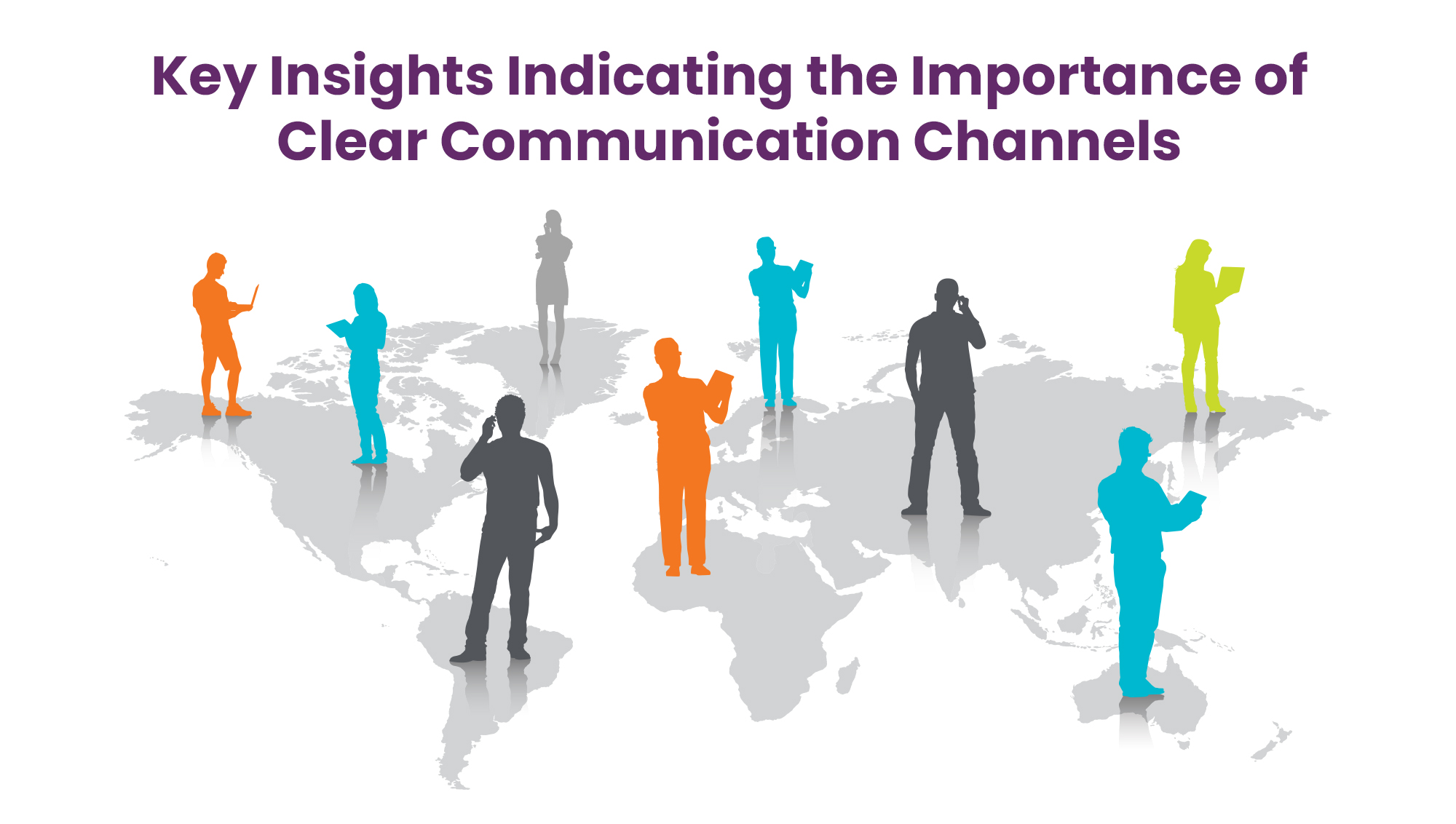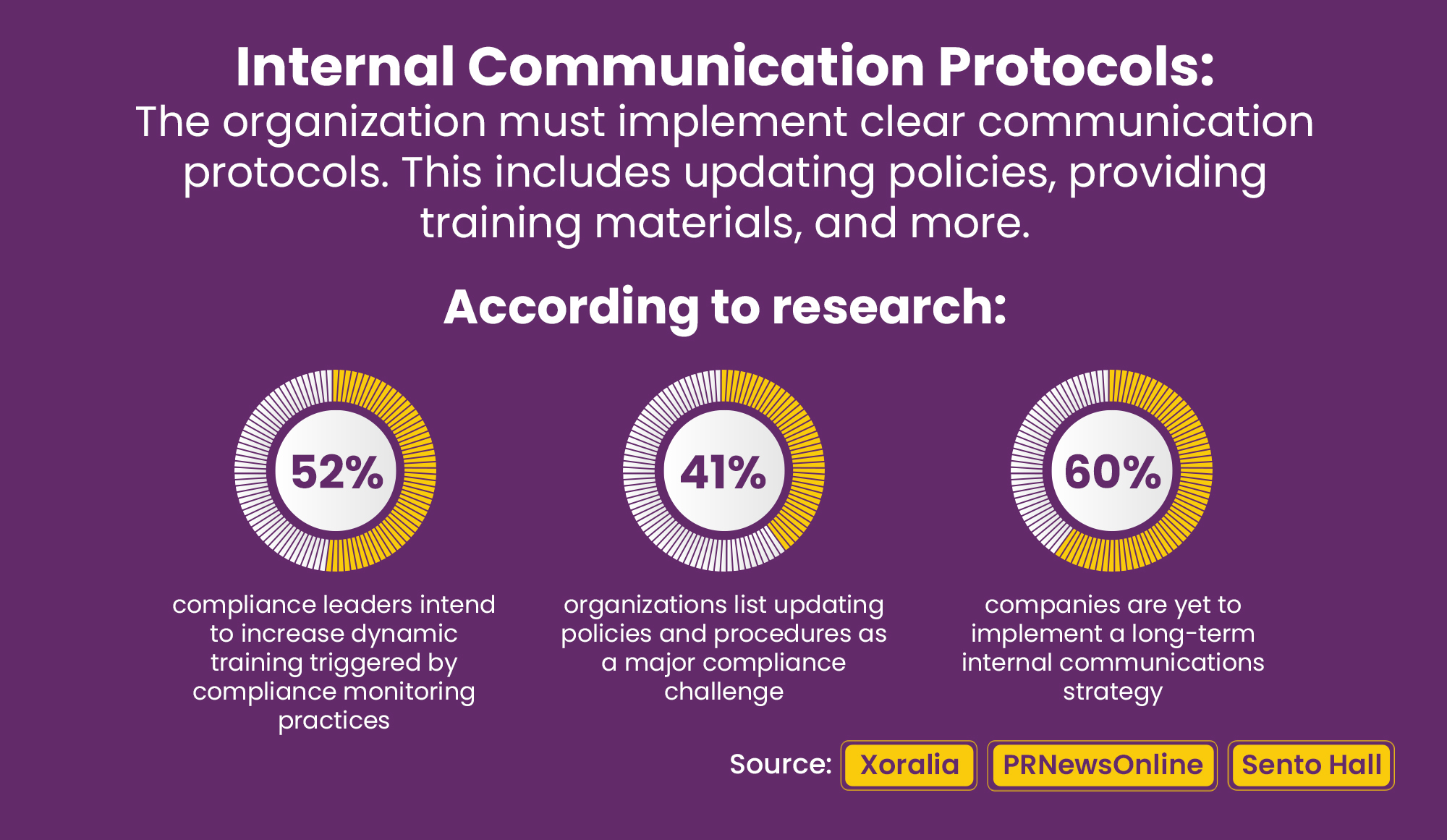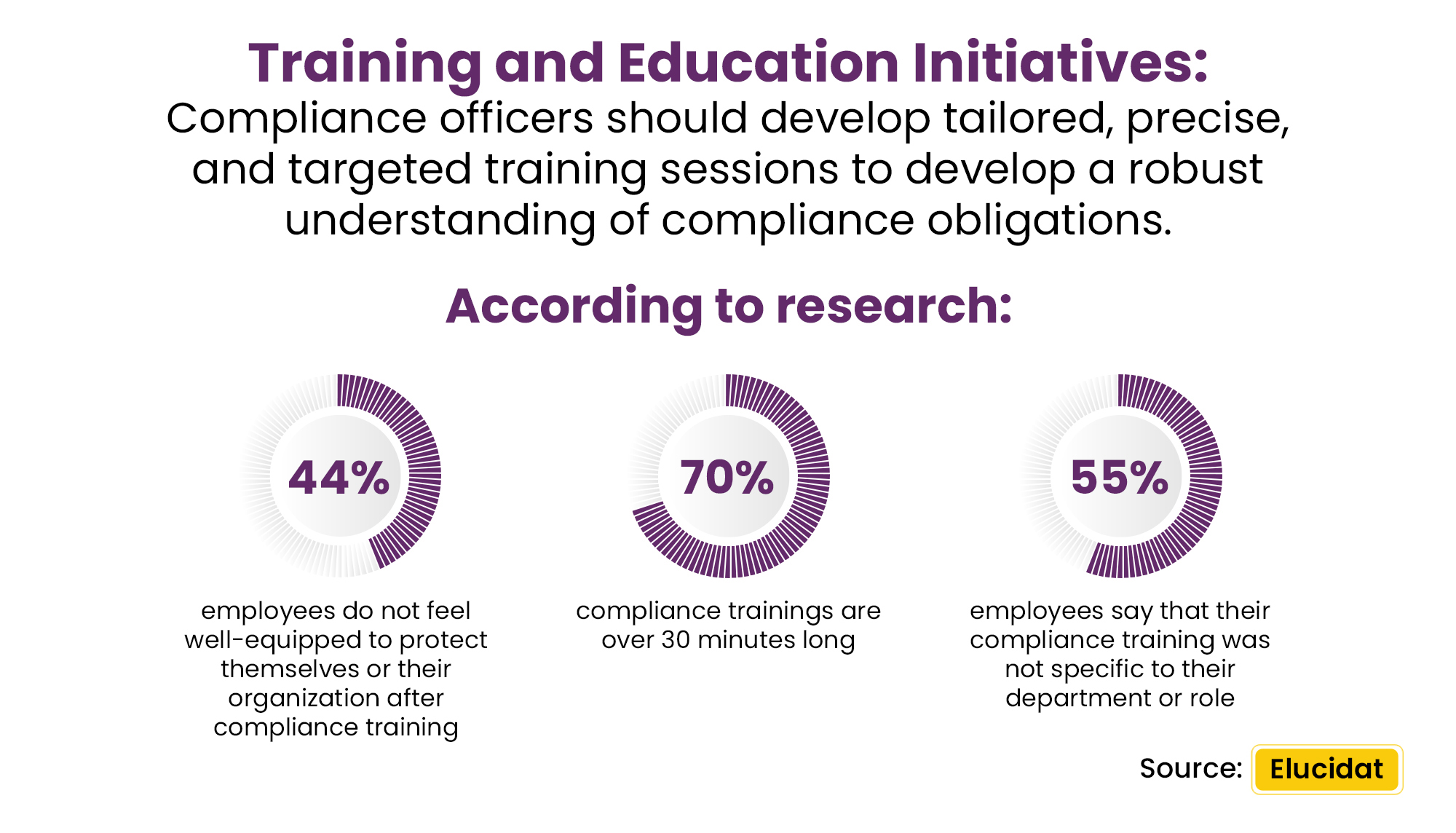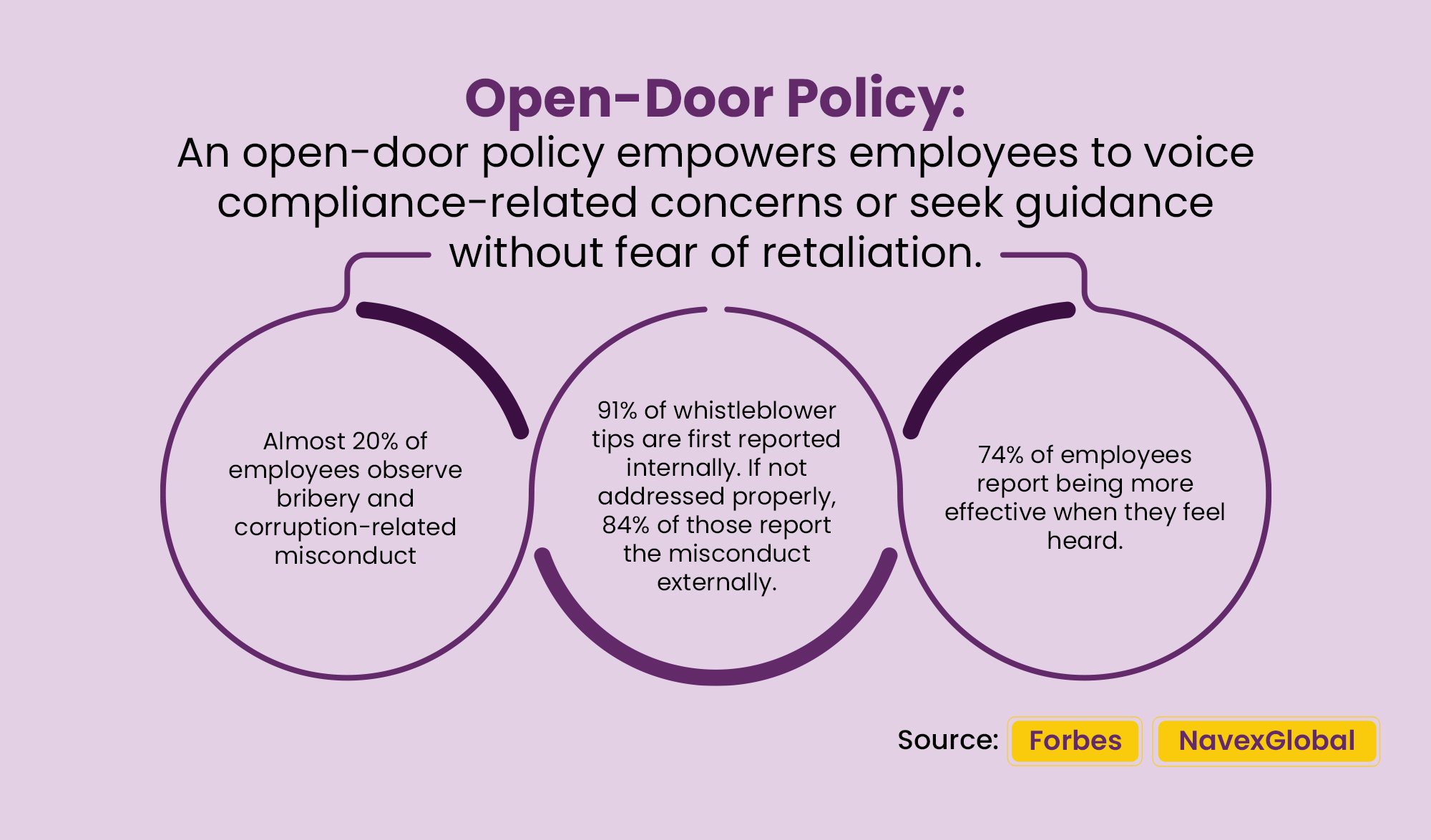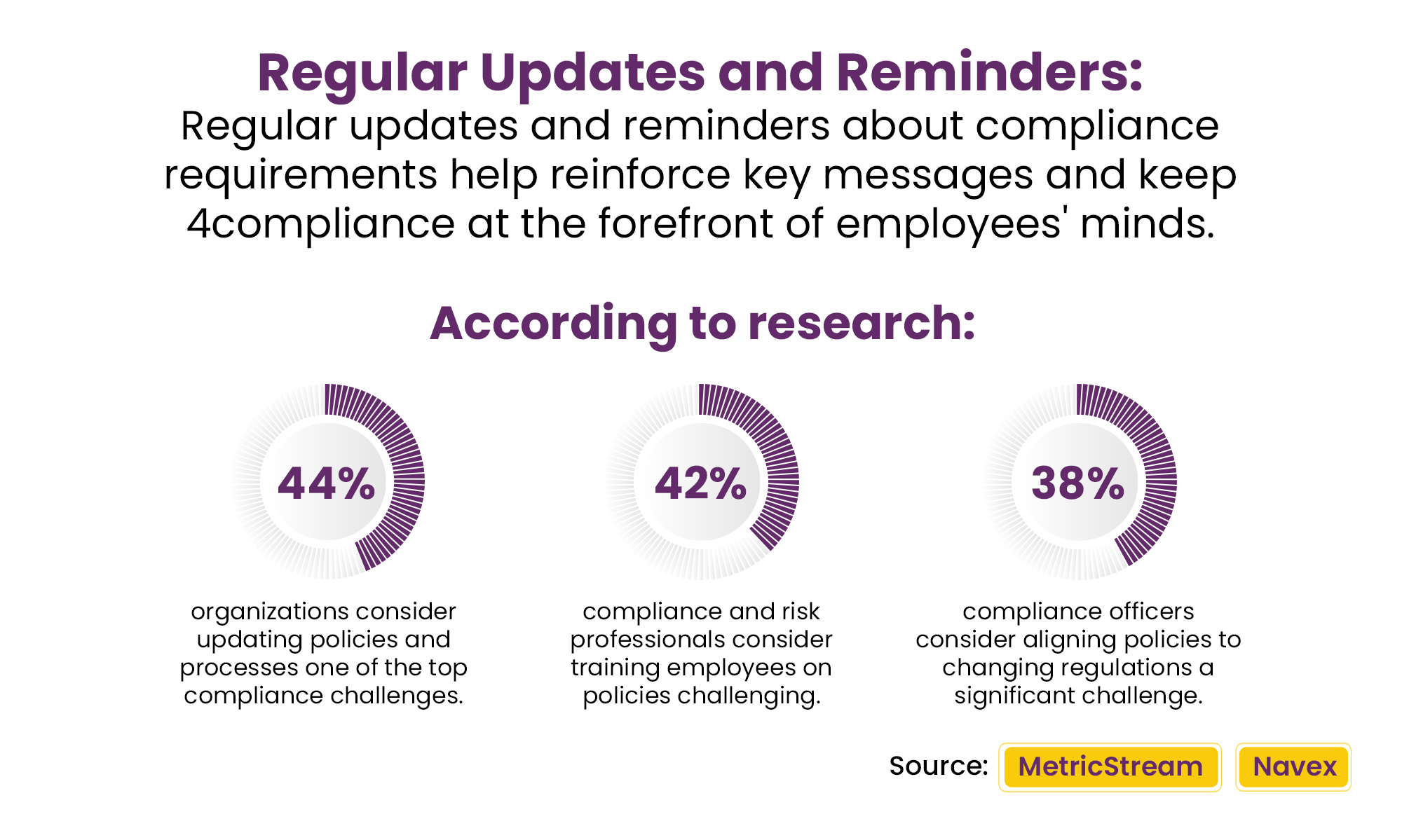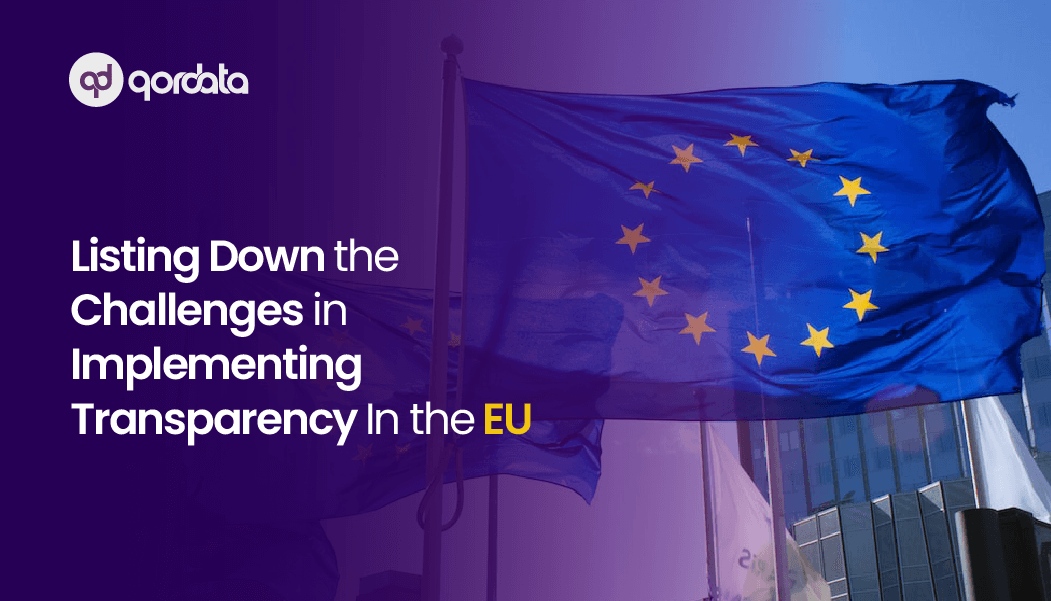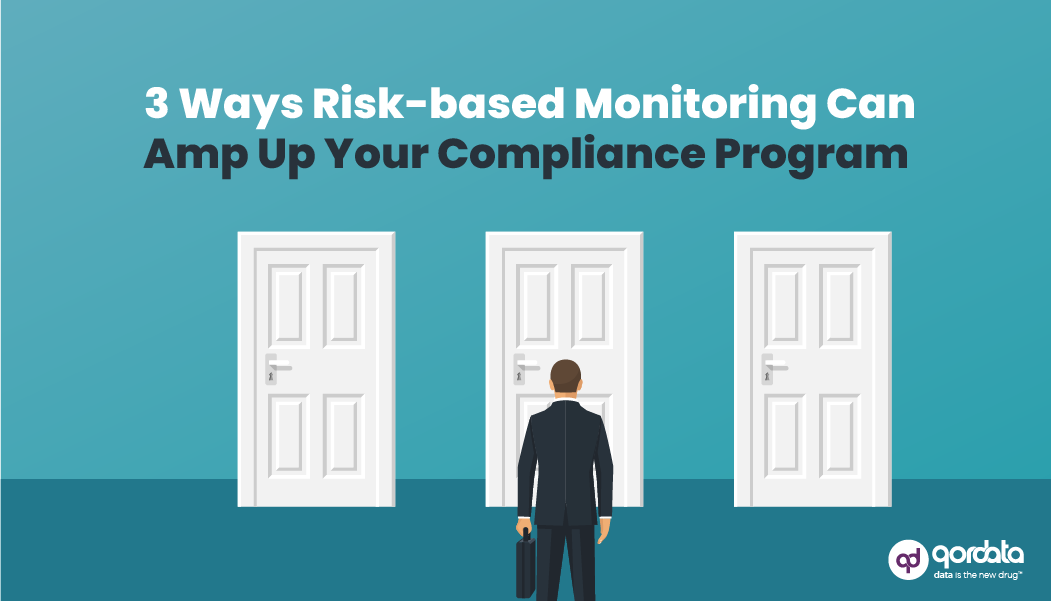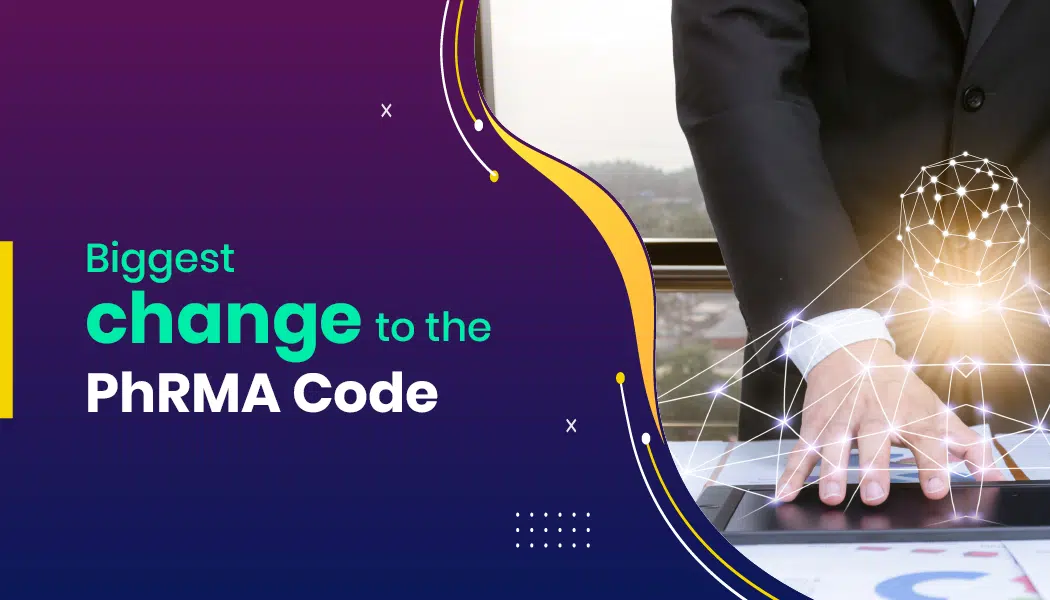Table of Contents
ToggleRegulatory expectations and board scrutiny are increasing, and there’s also a growing pressure on compliance leaders to oversee a wider range of compliance activities. Compliance management revolves around making sure that an organization adheres to applicable laws, regulations, and internal ethics, standards, and policies. However, effective compliance programs go beyond mere legal adherence.
Effective compliance management demands a strategic approach, unwavering dedication, and a commitment to excellence. Integrating compliance within a broader Governance, Risk, and Compliance (GRC) program allows leaders to gain comprehensive risk visibility, improve reporting, and enhance accountability.
Explore the five best practices for compliance management, enabling your team to manage commercial compliance successfully. From laying the groundwork with a comprehensive compliance framework to fostering a culture that values integrity, these practices are essential for navigating the intricate web of regulations governing the life sciences industry.
5 Best Practices for Compliance Management in 2024
-
Establishing a Robust Compliance Framework
A compliance framework provides a systematic structure for managing compliance risks and obligations within an organization. It outlines the processes, procedures, and controls necessary to comply with applicable regulations, laws, and industry standards. By establishing a clear framework, life sciences companies can proactively identify and address compliance issues proactively, mitigate risks, and uphold ethical standards.
Steps to Create a Comprehensive Compliance Framework
- Risk Assessment and Identification: The first step in developing a compliance framework involves conducting a thorough risk assessment to identify potential compliance vulnerabilities. This entails analyzing internal processes, external regulations, industry standards, and emerging trends to pinpoint potential risk areas.
- Policies and Procedures Development: Once risks are identified, organizations must develop robust policies and procedures to address them effectively. These policies should outline employees’ expected behaviors, actions, and responsibilities regarding compliance-related matters. Clear and concise procedures guide how to navigate various compliance challenges and ensure consistency in decision-making.
- Training and Education Programs: Effective training and education programs are essential for making sure that employees understand their compliance obligations and responsibilities. Organizations should provide comprehensive training on relevant laws, regulations, company policies, and ethical standards. Regular training sessions help reinforce compliance knowledge, promote awareness, and foster a culture of compliance throughout the organization.
- Monitoring and Auditing Mechanisms: Continuous monitoring and auditing are integral to a robust compliance framework. Organizations should implement mechanisms to track compliance activities, monitor adherence to policies and procedures, and detect potential violations. Regular audits help identify areas for improvement, assess the effectiveness of existing controls, and ensure ongoing compliance with regulatory requirements.
- Continuous Improvement Strategies: Compliance is not a one-time endeavor but an ongoing process that demands continuous improvement and adaptation. Organizations should regularly evaluate their compliance framework, identify areas for improvement, and implement corrective actions as needed. By embracing a culture of continuous enhancement, organizations can stay ahead of emerging compliance risks.
Establishing a robust compliance framework lays the groundwork for effective compliance management in the life sciences industry. By following these essential steps, organizations can mitigate risks, ensure regulatory compliance, and uphold the highest standards of integrity and ethical conduct.
-
Ensuring Clear Communication Channels
Clear communication is foundational to successful compliance management. It ensures that expectations, responsibilities, and guidelines are effectively communicated throughout the organization. Transparent communication fosters trust, promotes accountability, and reduces the likelihood of misunderstandings or compliance breaches.
Establishing Effective Communication Channels
1. Internal Communication Protocols: The organization must implement clear communication protocols. This includes defining channels for disseminating compliance-related information, such as policies, updates, and training materials. Utilizing emails, newsletters, intranet portals, and regular meetings can facilitate efficient communication.
2. Training and Education Initiatives: Comprehensive training and education programs are vital in promoting clear communication. Compliance officers should develop tailored training sessions to ensure employees understand their compliance obligations and know how to report concerns or seek clarification.
3. Open-Door Policy: Encouraging an open-door policy empowers employees to voice compliance-related concerns or seek guidance without fear of reprisal. Compliance officers should foster a culture where questions are welcomed and feedback is valued, creating a supportive environment for communication.
4. Regular Updates and Reminders: Providing regular updates and reminders about compliance requirements helps reinforce key messages and keeps compliance at the forefront of employees’ minds. Utilizing various communication channels, such as email reminders, posters, and digital signage, can help ensure that compliance remains a priority.
Why Get Feedback from Your Team?
Establishing feedback mechanisms is critical for assessing the effectiveness of communication channels and addressing any gaps or concerns. Compliance officers should encourage employee feedback regarding the clarity and accessibility of communication channels and use this input to refine and improve communication strategies over time.
-
Leverage qordata’s Data-Driven Compliance Platform
qordata’s global data-driven compliance platform brings together all the essential tools, training, and services under one roof, such as compliance monitoring, risk assessment and mitigation, transparency reporting, HCP Engagement, grants and sponsorships, and data analytics.
Here’s how qordata empowers compliance officers to manage commercial compliance successfully:
- Automation through AI: qordata’s platform leverages the power of artificial intelligence (AI) to automate monitoring plans, risk assessment, and expense auditing processes. By harnessing AI-driven insights, compliance officers can streamline operations, enhance accuracy, and proactively identify potential risks across functions and geographies.
- Customizable Workflows and White-Glove Service: qordata offers customizable workflows tailored to suit the specific needs of each organization. Moreover, with white-glove service, clients receive dedicated support from a team of compliance experts, ensuring a seamless implementation process and ongoing assistance as needed.
- Real-Time Actionable Insights: Through integrated data analytics, qordata provides compliance officers with real-time actionable insights covering the entire spectrum of compliance functions. From identifying emerging risks to implementing timely remediation strategies, qordata equips compliance officers with the tools needed to make informed decisions.
- Assurance of Effective Compliance Program: By utilizing qordata’s platform, compliance officers can rest assured that their compliance program is effective and adaptable to evolving regulatory requirements. With complete visibility of risks and assurance of compliant HCP interactions, organizations can confidently navigate the compliance landscape with ease.
Leverage Data Analytics and Redefine Risk Mitigation
-
Implementing Regular Monitoring and Auditing Processes
Regular monitoring and auditing are indispensable components of effective compliance management in the life sciences industry. These processes are proactive measures to ensure adherence to regulatory requirements, identify potential compliance issues, and mitigate risks before they escalate. In this section, we delve into the importance of implementing regular monitoring and auditing processes and outline the steps for their successful execution.
- Define Monitoring Objectives: Clearly define the objectives and scope of the monitoring and auditing processes. Identify key compliance areas, regulatory requirements, and risk factors to be assessed during the monitoring and auditing activities.
- Develop Monitoring and Auditing Procedures: Develop standardized procedures and protocols for monitoring and auditing activities. Outline the methodologies, tools, and techniques to be used, as well as the frequency and schedule of monitoring and auditing activities.
- Allocate Resources: Allocate adequate resources, including personnel, technology, and budget, to support monitoring and auditing initiatives. Ensure that the necessary expertise and capabilities are available to execute monitoring and auditing processes effectively.
- Conduct Regular Assessments: Implement a schedule for regularly monitoring and auditing assessments. Conduct thorough reviews of compliance controls, processes, documentation, and activities to identify deviations or deficiencies.
- Document Findings and Remediation Plans: Document findings from monitoring and auditing activities, including any identified non-compliance issues or areas for improvement. Develop remediation plans to address identified deficiencies and implement corrective actions promptly.
- Track and Monitor Progress: Continuously track and monitor progress on remediation efforts and corrective actions. Implement mechanisms for tracking and reporting compliance performance metrics, trends, and improvement initiatives.
- Review and Update Processes: Regularly review and update monitoring and auditing processes to ensure their effectiveness and relevance. Incorporate lessons learned from past assessments, changes in regulatory requirements, and emerging compliance risks into future monitoring and auditing activities.
-
Establishing a Culture of Compliance
Establishing a culture of compliance is essential for organizations in the life sciences industry to maintain integrity and uphold ethical standards. This culture serves as the moral foundation, guiding employees to prioritize compliance in their decision-making processes.
By embedding compliance into the organizational culture, organizations can proactively identify and address compliance risks, reducing the likelihood of regulatory violations and reputational damage. Strategies for fostering a compliance culture include leadership commitment, clear communication of expectations, comprehensive training, recognition of compliance achievements, and encouragement of open dialogue. By implementing these strategies, organizations can cultivate a culture where compliance is ingrained in every aspect of operations, promoting trust, integrity, and accountability among employees, ultimately contributing to long-term success and sustainability.
Conclusion
In conclusion, effective compliance management is paramount in the life sciences industry to ensure operational integrity, ethical practice, and regulatory adherence. Through the implementation of robust compliance frameworks, clear communication channels, technology solutions, regular monitoring, and a culture of compliance, organizations can navigate the complex regulatory landscape successfully. Compliance officers are pivotal in driving these efforts, fostering a culture where compliance is prioritized and valued.
By adhering to best practices and embracing a proactive approach to compliance management, organizations can mitigate risks, maintain stakeholder trust, and sustain long-term growth and profitability. As the regulatory landscape continues to evolve, organizations must remain vigilant, adaptable, and committed to upholding the highest standards of compliance. By embracing the principles of compliance excellence, we can ensure the integrity and sustainability of the life sciences industry for generations to come.

